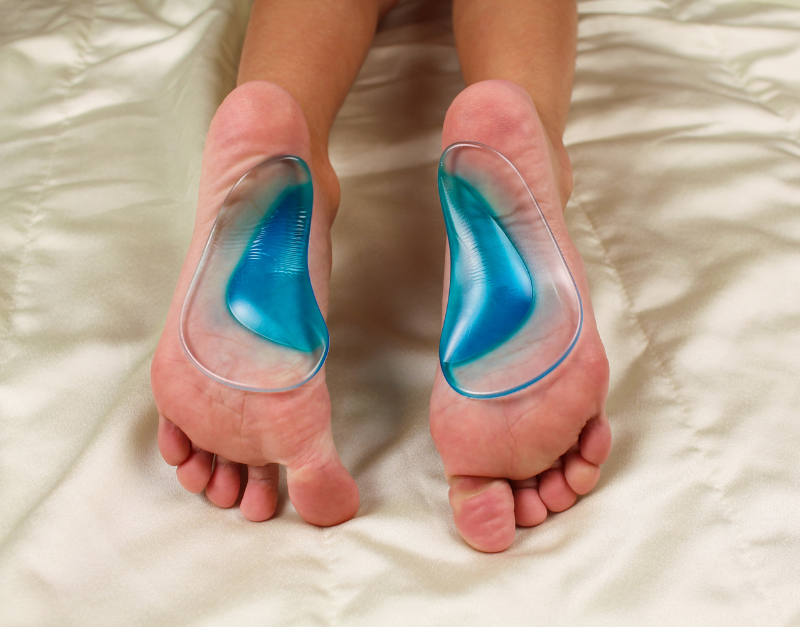
Quality Treatment With Super Affordable Price
Best Physiotherapy Treatment India
Call us anytime
Write a mail

Congenital talipes equinovarus, often known as clubfoot, is a foot abnormality in which the toes point down and the foot is twisted inward. Every year, it affects around one in every 1,000 infants globally. Males are more prone to it. Clubfoot can affect either one or both feet; it affects both feet in 60% to 70% of afflicted children.
This disorder can run in families so make sure you are gettinng best treatment of Congenital Talipes Equinovarus at home. If one child in the family has a club foot, the chances of another child developing the ailment rise to 10%.
Clubfoot is a congenital abnormality that causes your baby’s foot or feet to curve inward. When you look at their foot, you’ll see that the bottom commonly looks sideways or above. Talipes equinovarus is another name for club foot. Clubfoot is a common congenital disease (existing from birth). Clubfoot affects around one in every 1,000 infants.
Clubfoot is caused by a problem with your child’s tendons, which are the structures that link muscle to bone. Your baby’s leg and foot tendons are shorter and tighter than they should be. As a result, the foot twists. Half of all newborns with clubfoot have problems with both feet.
One or both feet twisting inward is the most typical indication of clubfoot. The foot of your baby is facing the opposite leg.
You may also observe that they have a:
The precise cause of clubfoot is unknown. It’s most likely a result of both genetics and environment:
Your baby’s clubfoot is not painful. Many newborns will not even detect it during the first several months of life. However, clubfoot will make standing and walking easier. Babies with clubfoot require therapy to repair the condition before they can walk.
Untreated clubfoot can result in:
When you get an ultrasound during pregnancy, your healthcare professional may find clubfoot. A prenatal ultrasound visualizes the growing fetus. If your provider diagnoses clubfoot during pregnancy, you can begin planning for your child’s postnatal care.
Your provider may also diagnose clubfoot after your kid is born. It’s commonly discovered during one of your baby’s initial physical checkups. Sometimes, your doctor may advise you to get an X-ray to confirm the diagnosis.
The treatment objective is to make a club foot useful, painless, and stable, particularly for walking. A pediatric orthopedic surgeon familiar with this issue is usually the best person to treat it.
Non-surgical therapy involves moving the foot into the proper posture and securing it with a cast. It is usually done quickly after the baby is born. The model is worn from the toes to the groin and changed weekly until the deformity has been corrected sufficiently. To rectify the deformation, the Achilles tendon is frequently released.
This treatment will be evaluated regularly by your doctor. In most situations, the efficacy of the treatment is seen within 6 to 8 weeks. An X-ray can also confirm it.
When performed by a qualified clinician, this procedure is successful in around 90% of children with clubfoot. It might be necessary to wear special shoes or a brace to stop the muscles from yanking the foot back into the clubbed position. These can be used until the youngster is about two or three years old.
Surgery may be undertaken to fix the faulty tendons, ligaments, and joints.
It may also include repositioning tendons for optimal function. Fortunately, surgery to treat the club foot (apart from the primary release of the Achilles tendon) is uncommon nowadays. The operation necessitates a two to three-day hospital stay. A cast is inserted following surgery to keep the foot in the proper posture for 10 to 12 weeks. Following the form, a splint is worn throughout the day. When the youngster begins to walk, the sling is progressively removed.
There needs to be an explicit agreement on when to operate or which procedure to do. Most orthopedic surgeons prefer to work on children when they are six months old. However, some prefer to wait until they are nine months old.
If the kid’s bone abnormalities persist, surgery, such as osteotomy (cutting the bone) or arthrodesis (fusing and stabilizing the bones), may be necessary when the child is older. Not all youngsters require many operations.
Physiotherapy is sometimes a crucial aspect of the therapeutic plan. It might start as soon as the infant is three months old. The therapist manipulates and may tape the afflicted foot. If you are searching for the best physiotherapist in Gurgaon then you should check out Gold Medal Physiotherapy.


Quality Treatment With Super Affordable Price
Call us anytime
